Historic, proud moment
Journalist Ngoc Dan - a lifelong journalist, now over 70 years old, is still proud of his years as a war correspondent. He emotionally told me about those unforgettable years and always considered himself lucky to have lived through important moments in history.
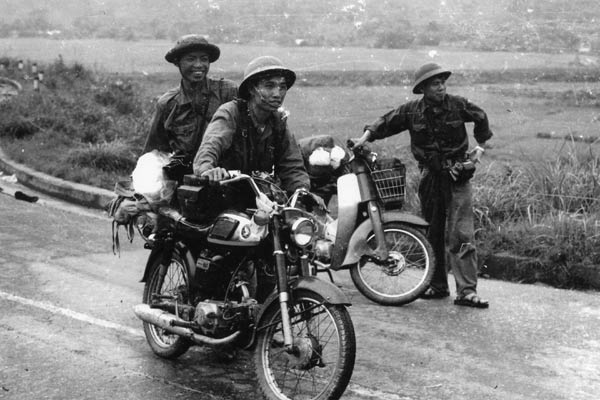
Journalist Ngoc Dan (right) and colleagues crossed Hai Van Pass from Hue to Da Nang city in March 1975. Photo: Provided by Journalist Ngoc Dan.
In 1972, for several months, journalist Ngoc Dan and other frontline reporters "slept undercover" at the Quang Tri front. At the fiercest moment of the 81-day and night battle to protect the Quang Tri Citadel, he spent more than 20 days and nights there. During the historic Ho Chi Minh campaign in the spring of 1975, he and his colleagues witnessed the liberation of Hue city on March 26, and the Da Nang front on March 29. And especially, on April 30, he became one of the first reporters in Saigon, recording the images of the Duong Van Minh Cabinet surrendering right in the reception room of the Independence Palace, and the officers and soldiers of the 2nd Corps escorting the puppet President to Saigon Radio to read the declaration of surrender to the liberation army.
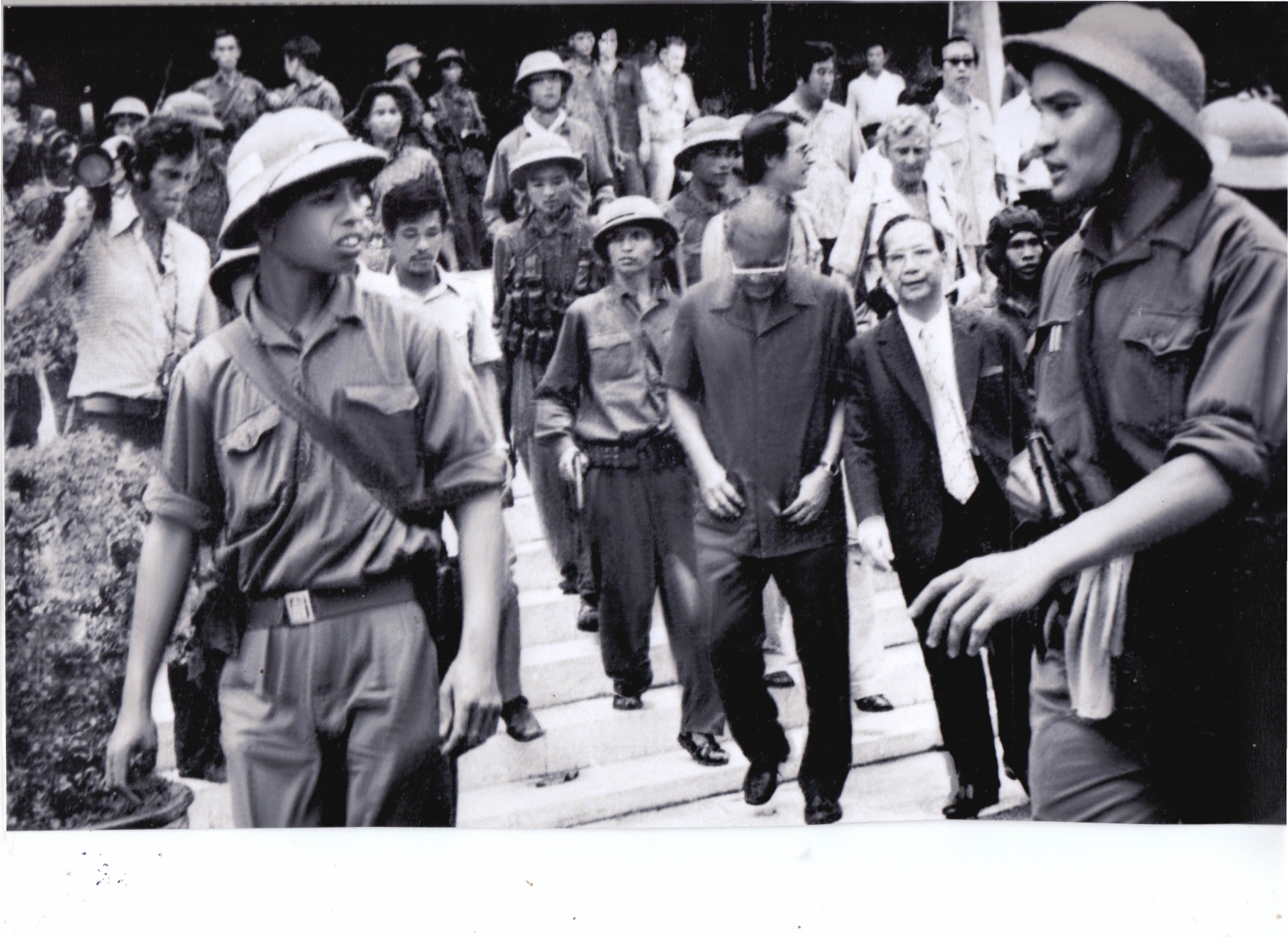
Deputy Commander of Regiment 66, Division 304 Pham Xuan The (on the right), led President Duong Van Minh and the cabinet to the radio station to read the surrender statement.
In 1979, while working as a military reporter for Nhan Dan Newspaper, he joined many combat units protecting the northern border, in the provinces of Lang Son, Cao Bang, and Ha Giang, which were under fire. In 1984, he followed the Vietnamese volunteer army in Cambodia, all the way to the Cambodia-Thailand border and witnessed the victorious units withdrawing their troops. In 1988, he was present in Truong Sa, the first person to report on the Gac Ma incident and the heroic fight of our officers and soldiers to protect the Island...
Choking up when asked about the historic moment on April 30 that he witnessed, journalist Ngoc Dan said: My colleague Hoang Thiem and I were ordered to proactively search and contact the II Corps to advance towards Saigon. At 11:24 a.m. on April 30, we arrived in front of the Independence Palace. Choosing the right moment, in those first moments, I captured historical photos: Mr. Duong Van Minh surrendering, walking down the steps under the management of officers and soldiers of Division 304, Brigade 203; Image of Deputy Commander of Regiment 66, Brigade 204 Pham Xuan The; Portrait of Captain Bui Quang Than, jumping from tank 843 to the top floor of the Independence Palace, hanging the national flag...
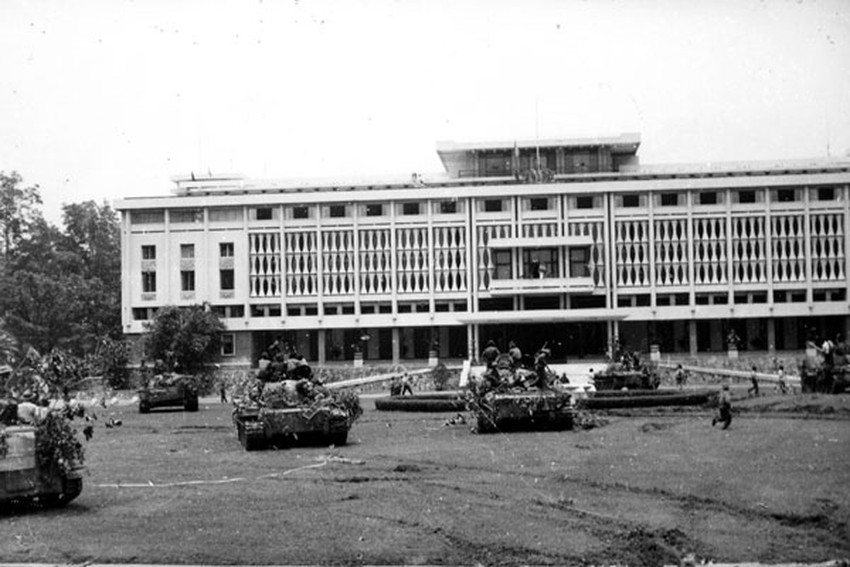
Tanks entering the Independence Palace. Photo taken by journalist Ngoc Dan at 11:30 on April 30, 1975.
I recorded the witnesses of the 390 tank incident with the presence of French female journalist Francois De Muyndo; female commando Nguyen Trung Kien (aka Ms. Nhip) leading the tank to attack Tan Son Nhat... Nhan Dan and Quan Doi Nhan Dan newspapers on May 3 published the first images of the historic moment on April 30, 1975 from the images and news we sent back.
War correspondent is a special soldier.
For journalist Ngoc Dan, war correspondents are special soldiers. “First of all, war correspondents are present in almost all battlefields, where the fiercest and hottest battles take place. Many reporters have sacrificed their lives on the battlefield while working in the trenches, or at the bases that our cadres and soldiers have just stormed to capture or defend. The articles and press photos are full of vivid details with portraits of specific people, refuting the enemy's lies…” - journalist Dau Ngoc Dan emphasized.
Not to mention, war reporters are people who work directly at the front. In terms of professionalism, they have to "fight" on the spot, so they have to proactively seek information, take notes every day, and "work together" with the soldiers.
“The eternal experience, the characteristic of the profession is quick, timely, accurate information. If you write but do not quickly send it to the editorial office for the Editorial Board to exploit and process, it is considered a waste of effort…” – journalist Dau Ngoc Dan continued his emotional flow to discuss more about his working experience.
He shared that today, the development of science and information technology has changed the face and quality of press information, especially the ability to transmit and report news up to the minute, every second of outstanding events and incidents, with the ability to spread globally. But in the 70s of the last century, Vietnamese war correspondents relied on rudimentary technical means to report. Telegraphs, teletypes, military post stations located at Military Region-level Command Headquarters, Front Command Headquarters, far from the battlefield, sometimes having to walk for several days. Reporters had to find every way to contact to send articles and photos. When meeting officers and soldiers who received orders to go to Hanoi, they had to contact them by all means, asking for their help. Some people sacrificed their lives on the way to the Front Command Headquarters to send news. This was an extremely important stage, requiring creativity and agility from reporters.
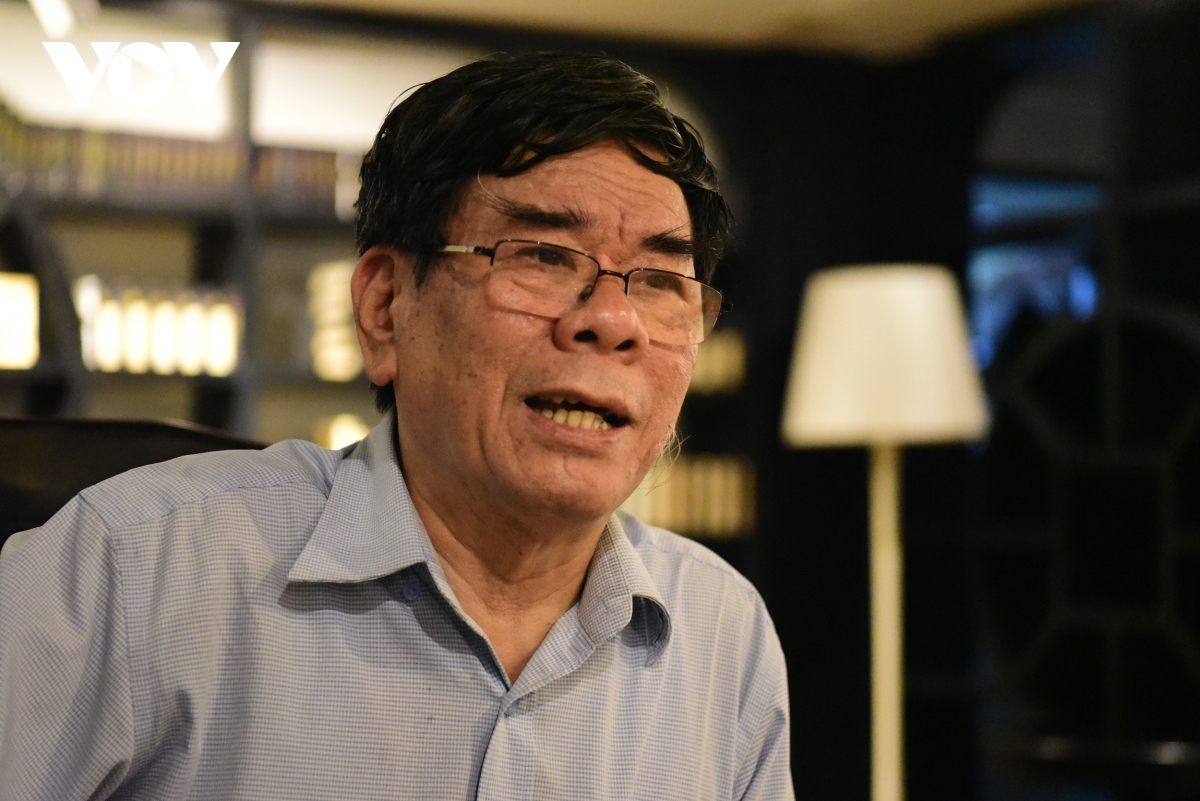
Journalist Dau Ngoc Dan.
Journalist Ngoc Dan recounted: “In 1975, we reported news, articles, and photos to Hanoi by the fastest route that even Western press agencies were surprised by. On the first day of Hue’s liberation, all means of communication were cut off, and a group of reporters from the Vietnam News Agency arranged a car to be parked north of My Chanh Bridge (because at that time the bridge was destroyed and no vehicle could cross the river). At noon on March 26, after collecting the documents, we immediately transferred them to the driver. From there, the car drove for two days and nights straight to Hanoi, and the first images of Hue’s liberation were released to readers in time. In the same situation, on April 30, all means of communication in Saigon were cut off and completely paralyzed.
We asked the Chief of Police Vehicles of the Saigon puppet government, Vo Cu Long, to drive a 6-engine Jeep to take me and Hoang Thiem back to Da Nang. Long drove alone all afternoon, the evening of May 30, until dawn on May 2 to Da Nang airport. That very afternoon, a rare opportunity, Hoang Thiem took the first C130 flight after the liberation from Da Nang to Hanoi. The next day, newspapers in Hanoi published our earliest historical photos.
For nearly 50 years in journalism, journalist Dau Ngoc Dan has spent time as a war correspondent, closely associated with the heroic history of the nation. For him, there are still many stories he wants to share about those memories of the bombs and bullets, and he is nurturing them for a memoir next year. Through the stories told, he has helped readers understand a generation of passionate war correspondents, who have both knowledge and professional capacity and decisive action at important moments. Without training and maintaining a strong fighting spirit, one cannot become a frontline reporter or a war correspondent. The qualities, style of war journalism and the way of adapting to suit today's new information age still have their full value...
Ha Van
Source


![[Photo] General Secretary To Lam arrives in Minsk, begins state visit to Belarus](https://vphoto.vietnam.vn/thumb/1200x675/vietnam/resource/IMAGE/2025/5/11/76602f587468437f8b5b7104495f444d)
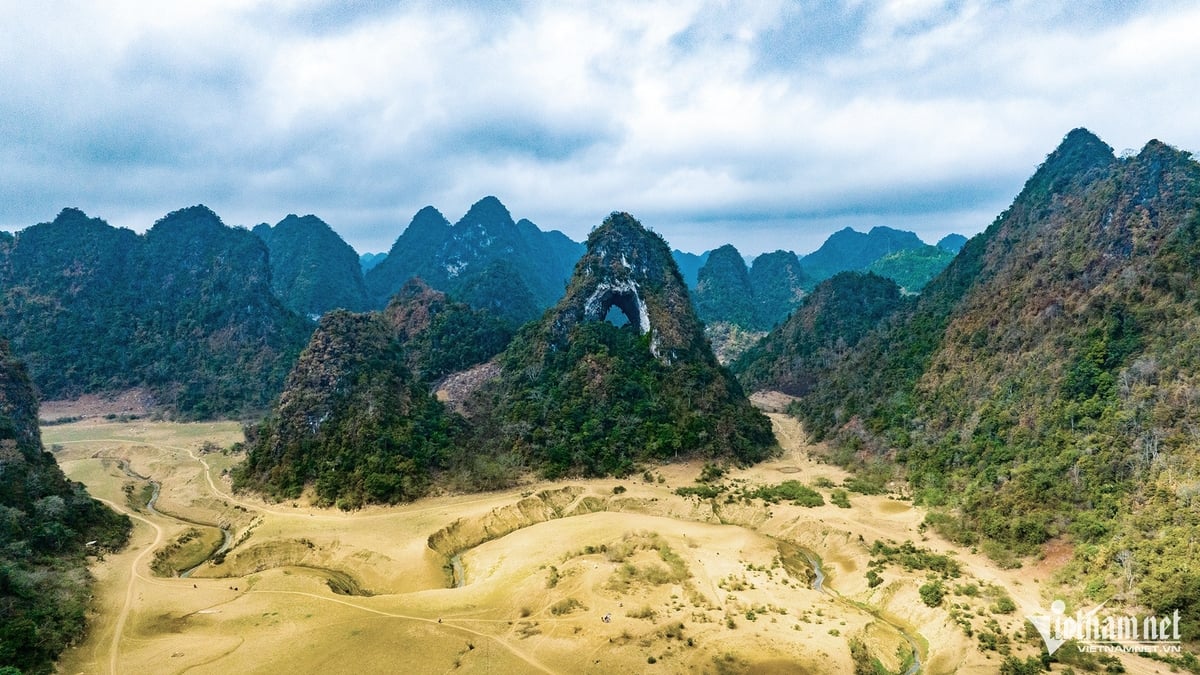
![[Photo] General Secretary To Lam meets and expresses gratitude to Vietnam's Belarusian friends](https://vphoto.vietnam.vn/thumb/1200x675/vietnam/resource/IMAGE/2025/5/11/c515ee2054c54a87aa8a7cb520f2fa6e)
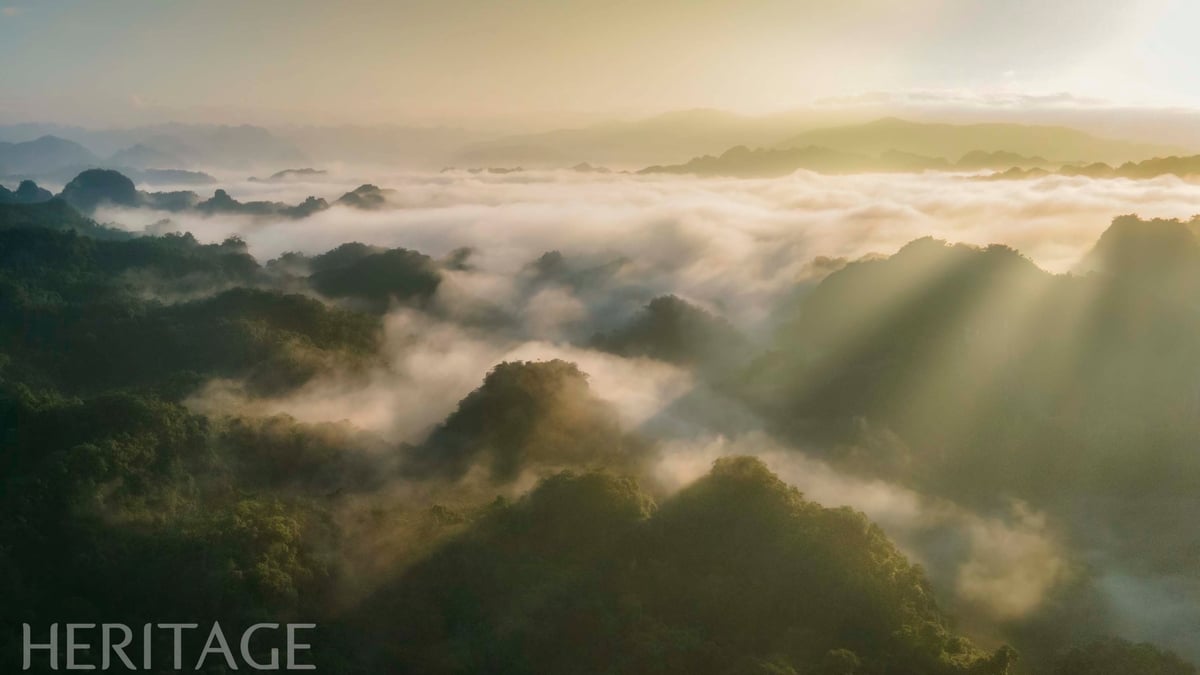






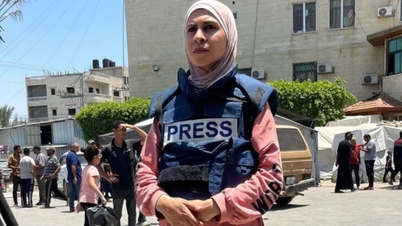
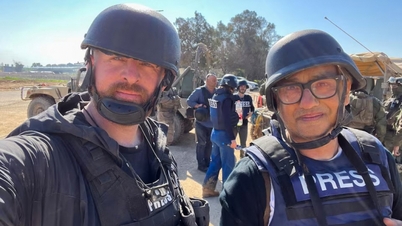

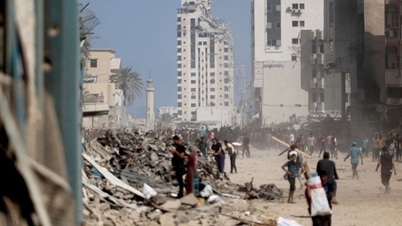
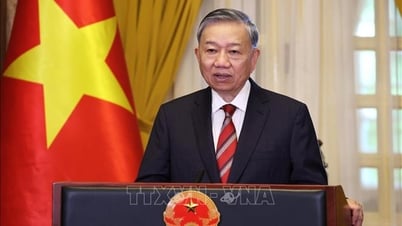
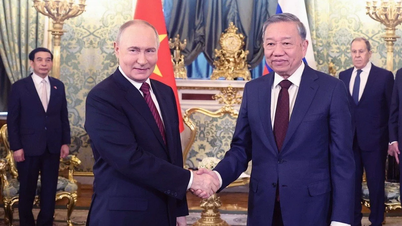
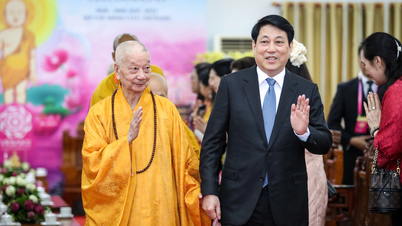
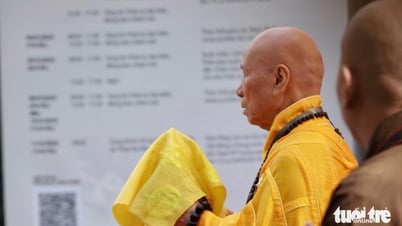
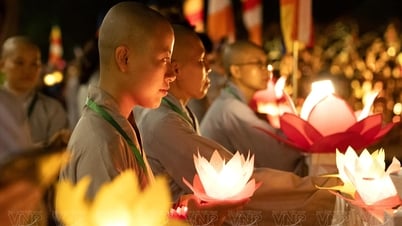
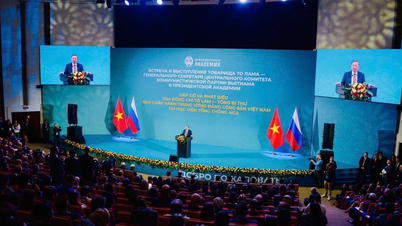









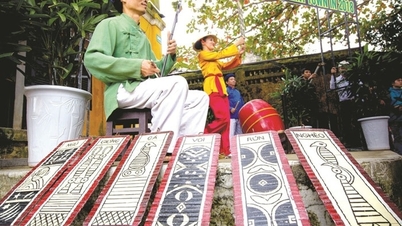

![[Photo] General Secretary To Lam concludes visit to Russia, departs for Belarus](https://vphoto.vietnam.vn/thumb/1200x675/vietnam/resource/IMAGE/2025/5/11/0acf1081a95e4b1d9886c67fdafd95ed)

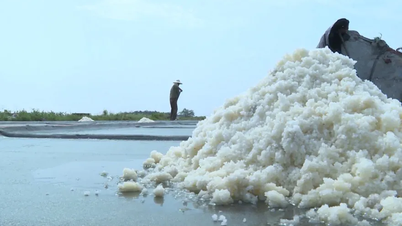


























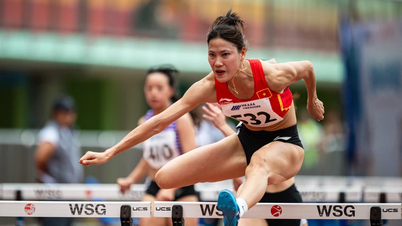
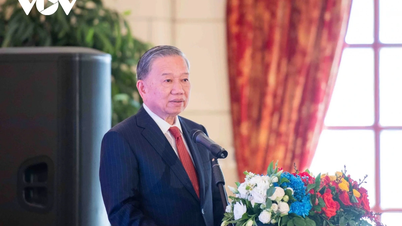

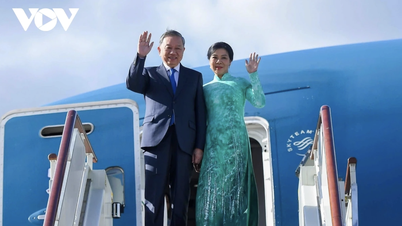
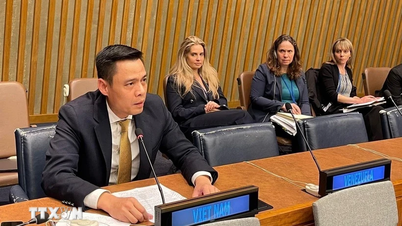

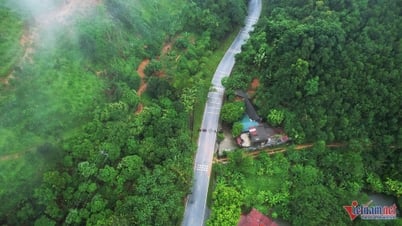










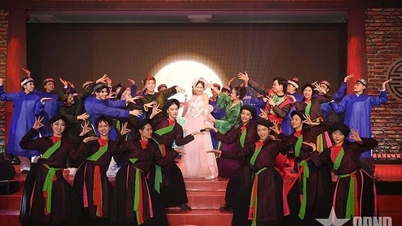

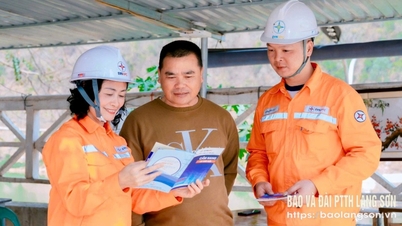





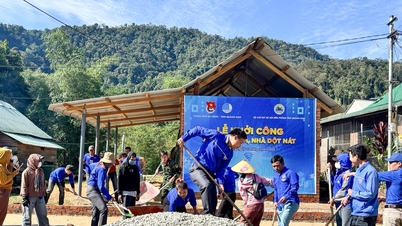

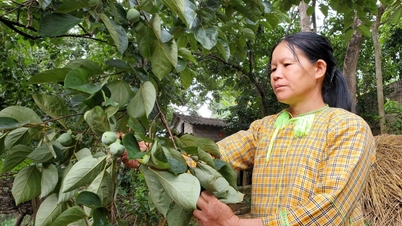










Comment (0)